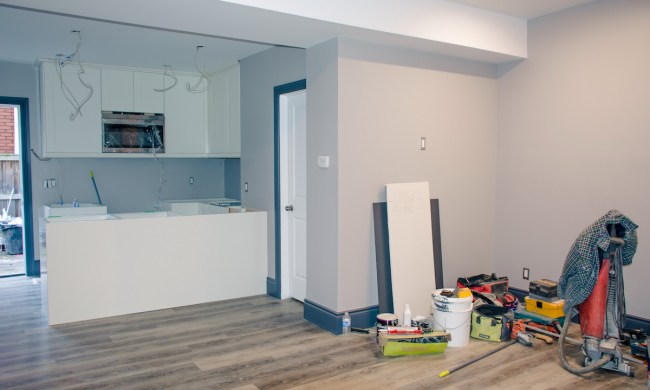Protecting your family and your valuables doesn’t have to weigh so heavily on your mind. Having a great home security system can provide much-needed peace of mind, and there are a couple of routes you can take when it comes to installing one. You can hire a professional security company that will install the system’s equipment and provide monitoring services. These services notify both you and the authorities if a breach occurs. If you’d rather not pay professional prices, you can go the DIY route.
We are going to review how to build your own home security system today, but first, we want to go over the benefits of a DIY home security system.
You may be asking, when it comes to your home’s security, why not leave it to the professionals? While building your own security system may seem like a hefty task, it’s actually quite simple. You can purchase a DIY home security starter kit or you can buy all the components separately, and both methods are easy to install with instructions to help guide you. The DIY route has a couple of other benefits as well.

Building your own home security system costs less
A DIY home security system can cost as low as a few hundred dollars and up to about $1,300 if you opt for environmental detectors. A professional security company charges almost double that price on average. Then, if you add in monitoring services, which you can also purchase separately on a DIY system, you’ll pay an additional $10 to $40 per month.
When it comes to the most bang for your buck, building your own security system will save you some cash.
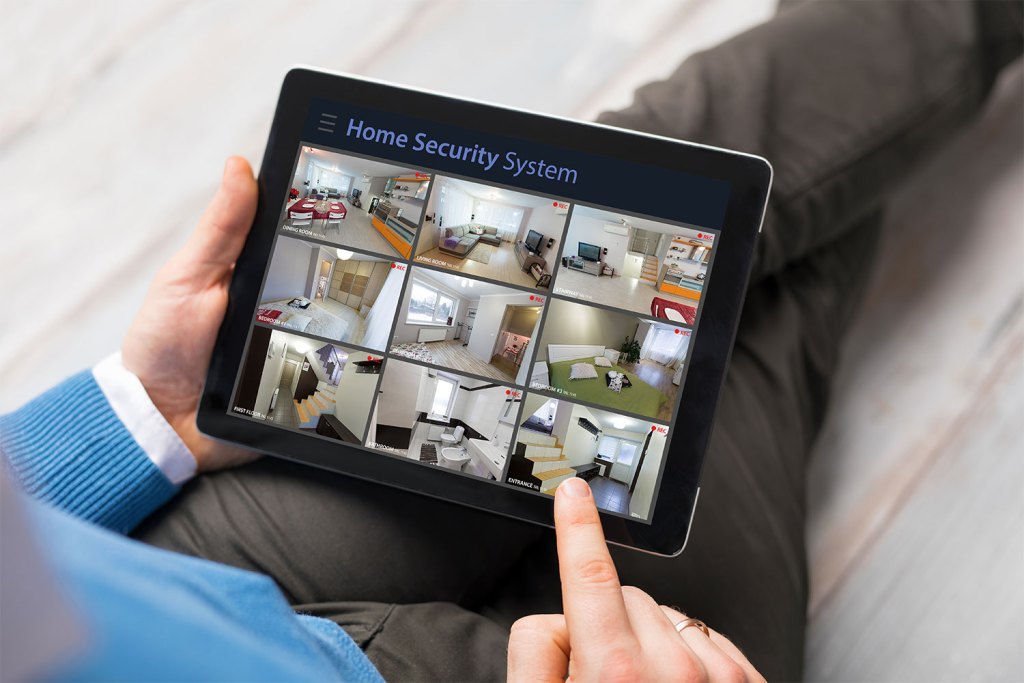
DIY home security systems allow for customization
While a professional home security company typically installs all of their own products, when you build your own security system, you can pick and choose products from various companies in order to make your system meet your preferences.
You can also add in or opt out of additional features like video cameras, keyless entry, and motion detectors. If you want a bare-bones system or a technical marvel, building your own system allows for customization.
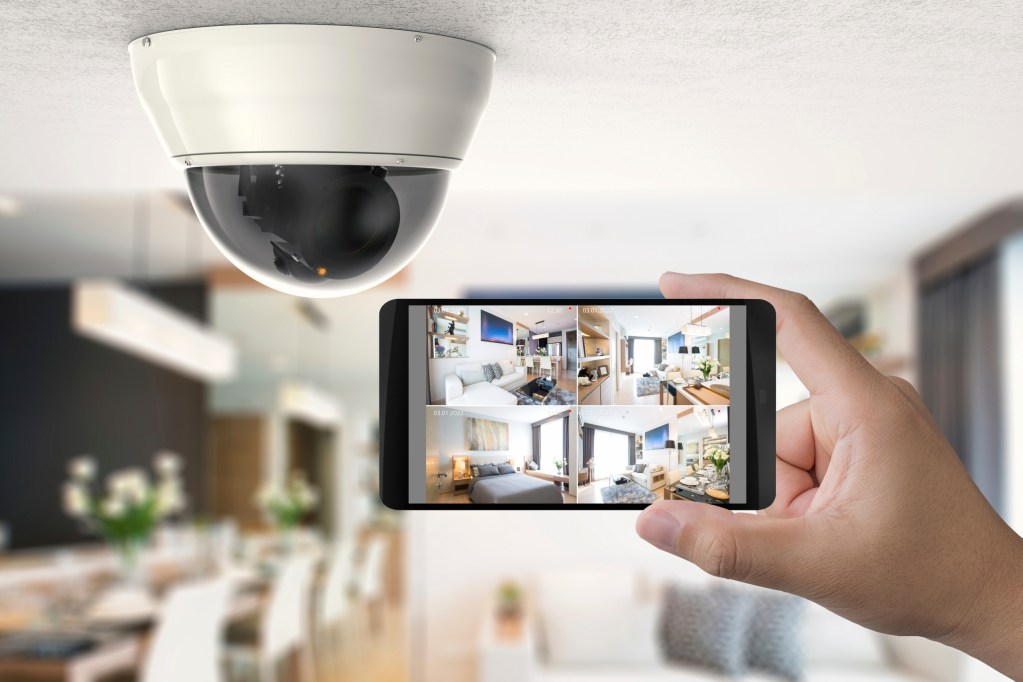
What features should you have with a DIY home security system?
Keyless entry
Access to your home can be secured by keypad, key fob, fingerprint, or even smart phone entry. Keyless entry systems often have smart technology, allowing you to grant temporary access and get notifications when your home is accessed.
Window and door sensors
Sensors are triggered by motion and should be placed at knob level on every entry door as well as on every window. They are triggered either by physical movement or by body heat detection.
Video cameras
Cameras can be placed anywhere in your home, but the best place is at entryways. Many security cameras record only when movement is detected and allow you to access video footage right on your phone.
Environmental systems
Home safety isn’t just about preventing intruders. You can integrate smoke, carbon monoxide, and any other detectors right into your security system to notify you when a harmful situation is at hand.
Control panel
The control panel is the brain of your home security system. Each component is wirelessly connected to your control panel, which is notified when security is breached. The control panel then sends a notification to your smartphone or your monitoring service, or it sounds building alarms.
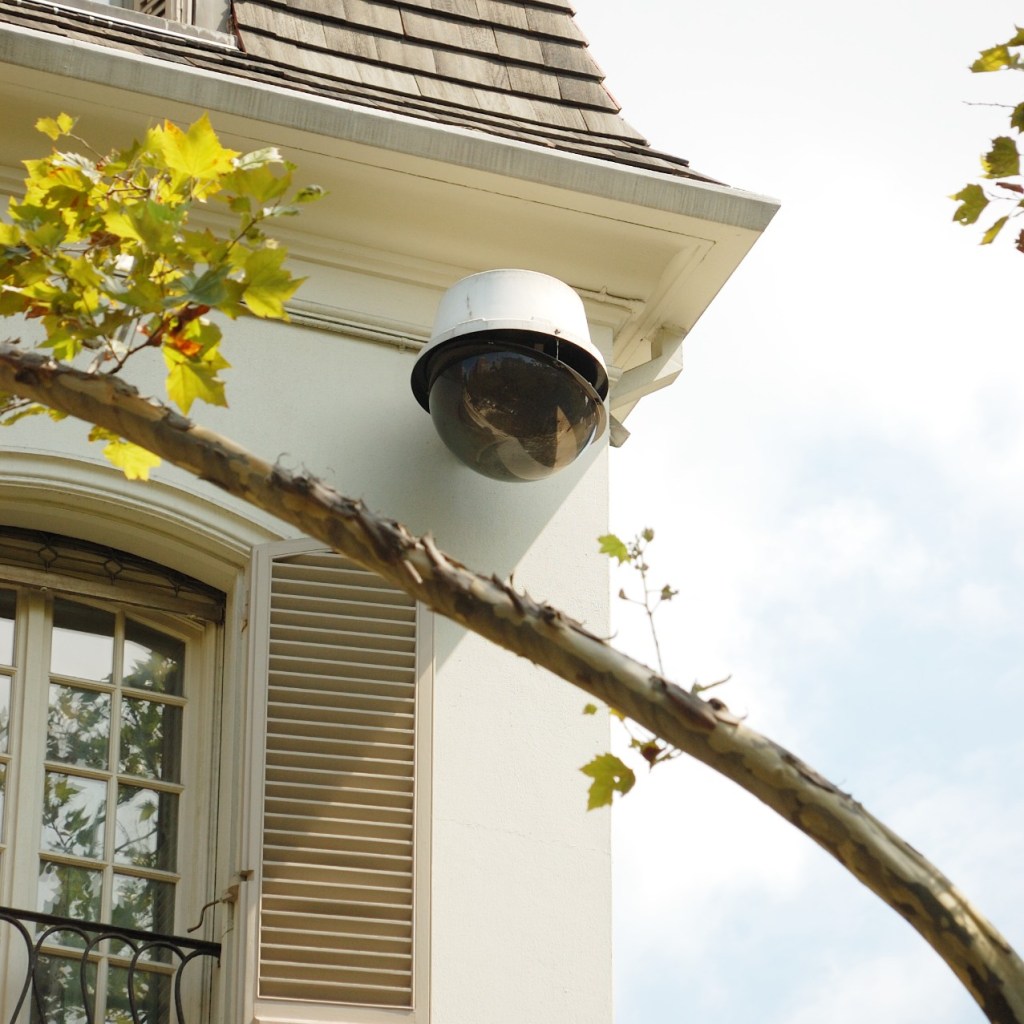
How to build a home security system
Installing your DIY home security system may have several steps to the process but all are easy to complete and will require few tools, depending on the type of components you purchase. Each component should have instructions included, but here are some tips for proper installation.
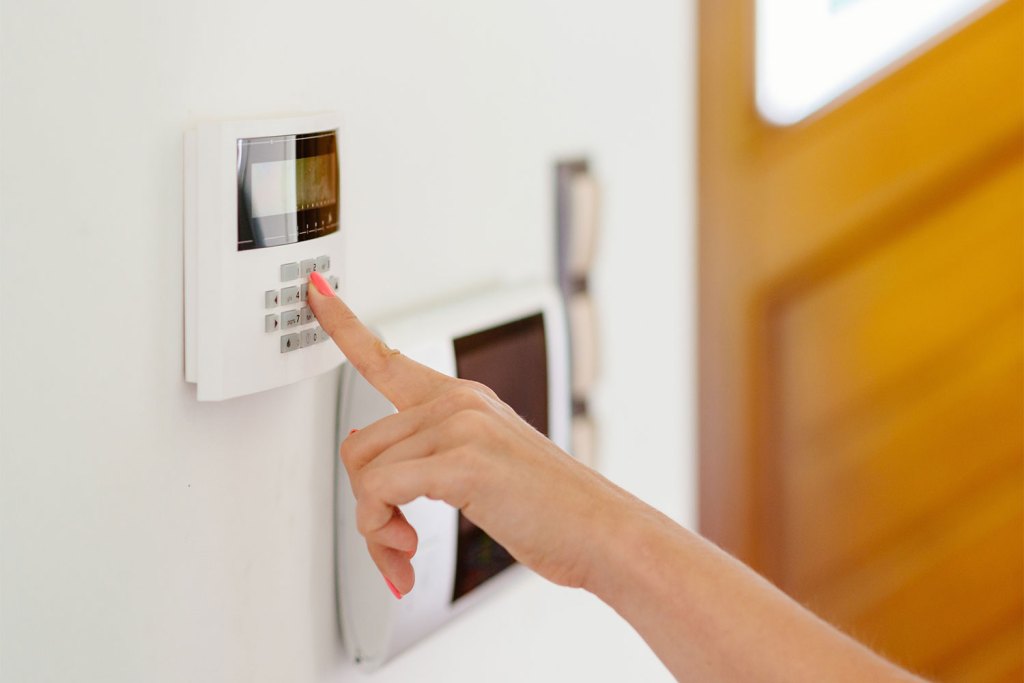
Set up your control panel and app
Step 1: First, determine the best place to set up your control panel. It should be in a central, accessible location near your wireless router and a power source. You’ll also want to download a compatible mobile app to be able to monitor and get notifications on your phone.
Step 2: Before installing your various components, be sure they are paired with the control panel and your app so that you don’t have to uninstall if something isn’t working properly.
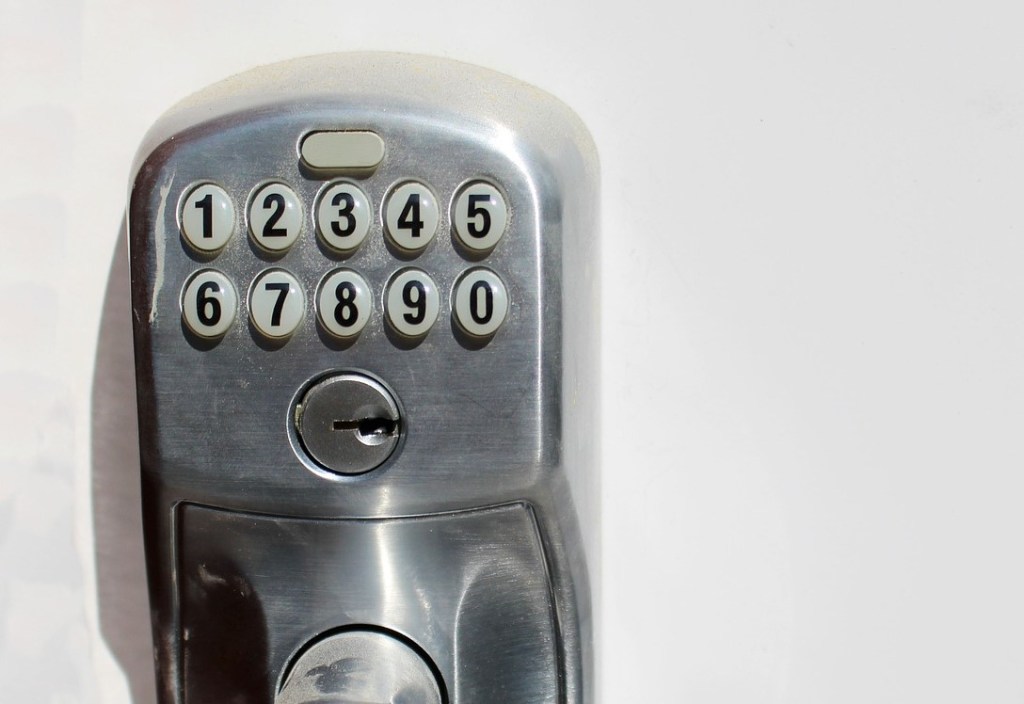
Install sensors, keypad, detectors, and cameras
All of the different components of your DIY security system should come with their own tools for installation, whether that’s a double-sided adhesive or screws and nuts.
Step 1: Decide where you'll install door and window sensors and how many you'll need to install. Ideally, you will have motion sensors at every entry door as well as all first-floor windows.
Step 2: Your keyless entry device, like a keypad, should be installed on the door you use most frequently, whether that’s the front, back, or garage door.
Step 3: Cameras should definitely be installed at all entry doors, but you can also install them in various rooms in your home if you want to keep an eye on your valuables.
Step 4: Smoke and carbon monoxide detectors should be installed in every room of the house.
Keeping your family, your belongings, and your home safe from intruders and other dangers is always a concern, and having a home security system can alleviate some stress. You don’t have to spend a fortune to get great security, and you can build your own home security system with ease, comfort, and without breaking the bank.



